Research Projects
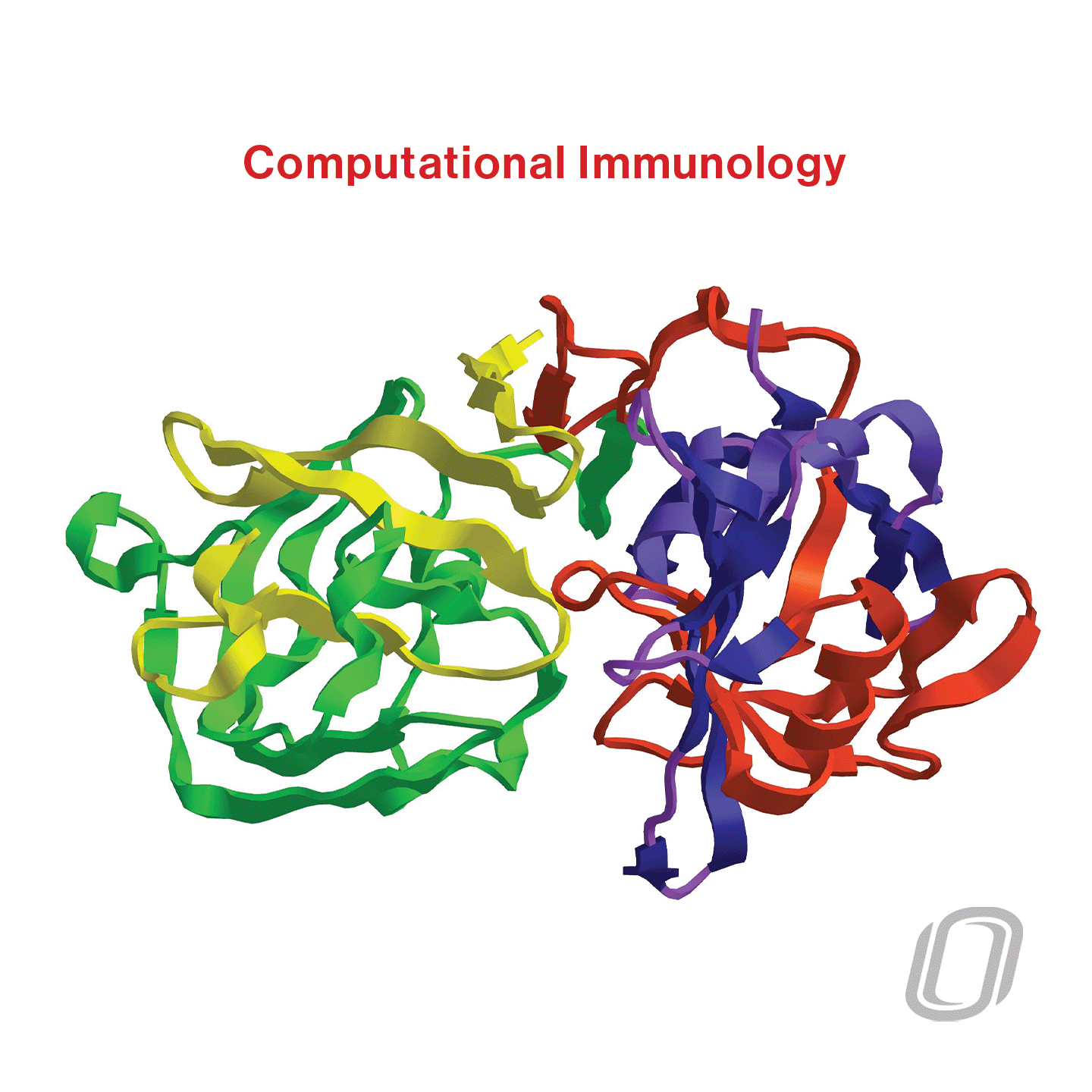
Computational Immunology
T cells are key components of immune responses against viruses and recognize viral molecules by binding to them with their T cell receptors (TCRs). My group is building computational tools to predict what TCRs can bind to using a combination of sequence and protein structure methods. Recently, we published one of the first peer-reviewed approaches to predict the specificity...
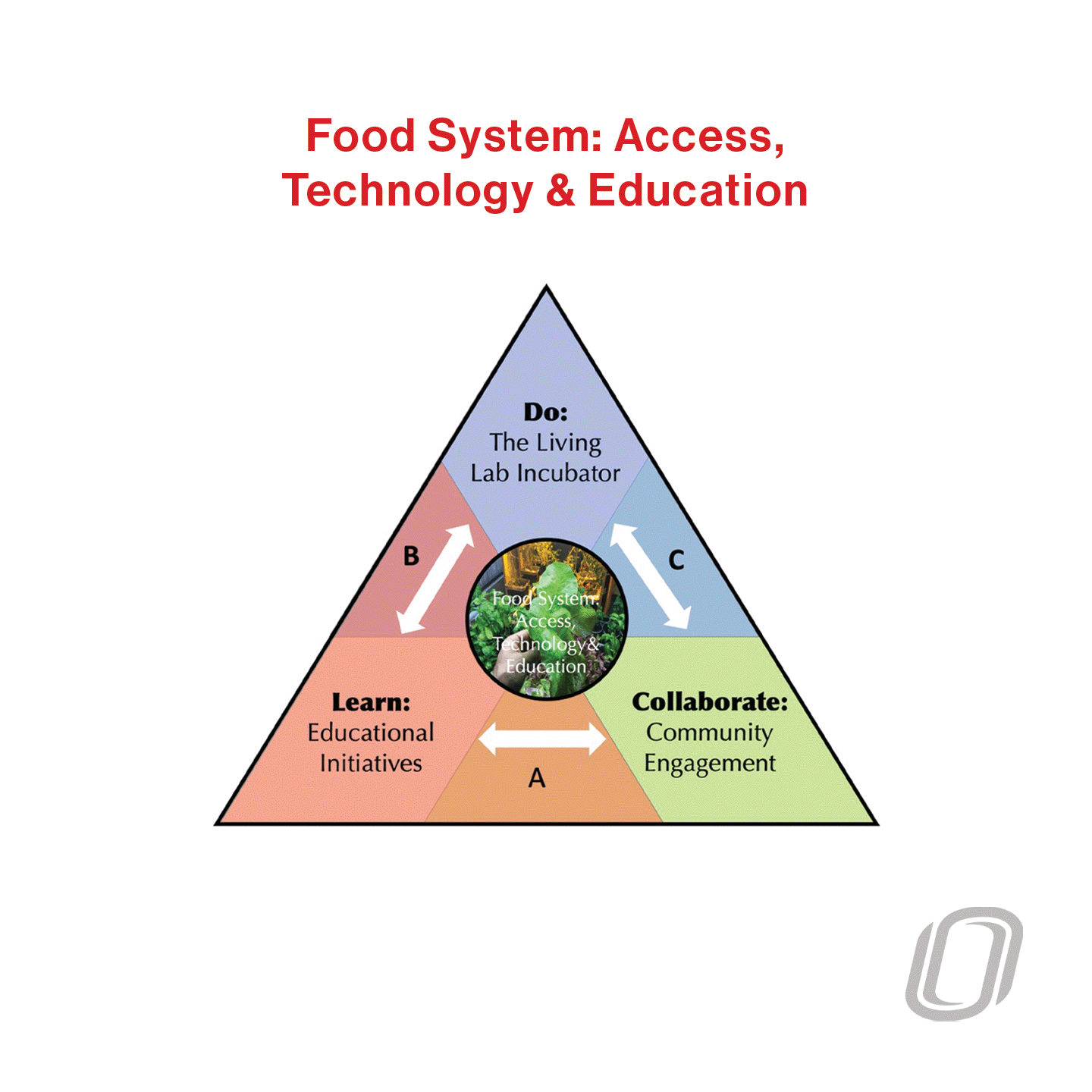
Food System: Access, Technology & Education
Addressing food insecurity requires a comprehensive approach that recognizes the complex factors contributing to this global challenge. Presently, our food system prioritizes productivity and profit over people and planet, which has resulted in disproportionate environmental damage, health issues, and food insecurity for marginalized...
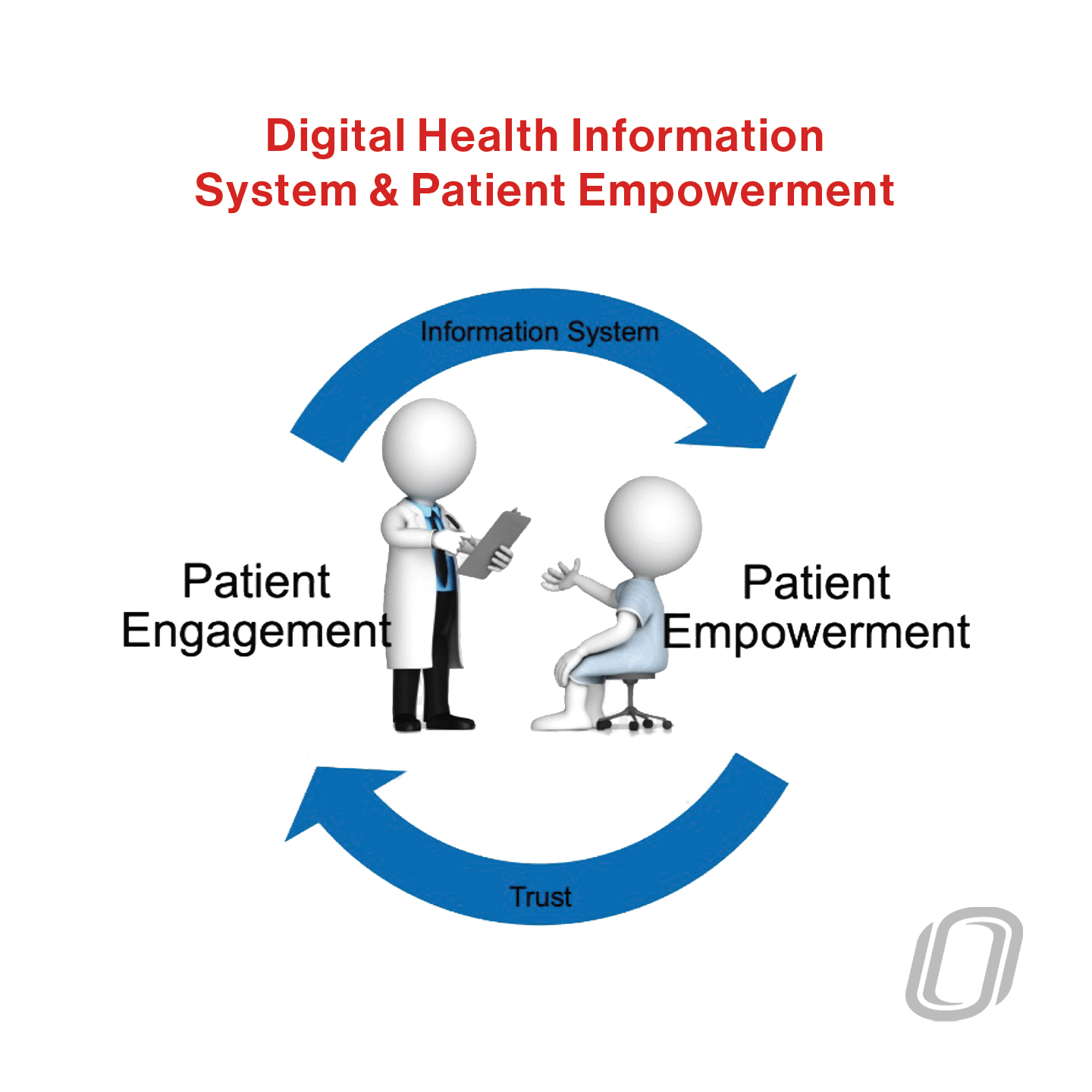
Digital Health Information System & Patient Empowerment
Values-driven decision-making is especially crucial for patients living with multiple chronic disease, including cancer, due to the complex treatment choices involved. Navigating through the maze of medical information with limited medical knowledge can be a daunting task. To overcome these challenges and assist...
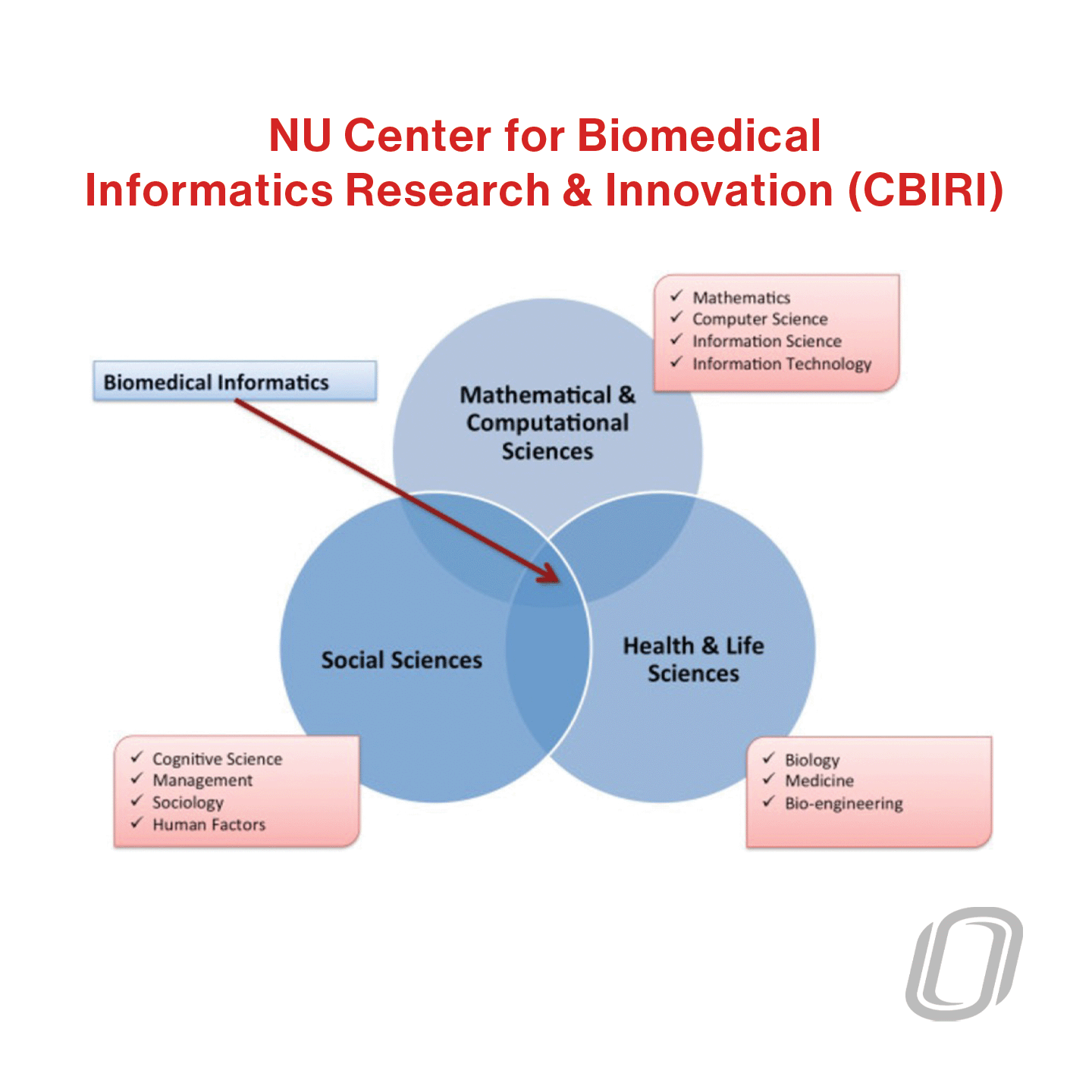
NU Center for Biomedical Informatics Research & Innovation (CBIRI)
The mission of the center is to serve as a coordination and communication vehicle for biomedical informatics (BMI) educational and research activities, and resources; build new collaborations pertinent to both academia and industry by horizontal integration of BMI expertise, resources, and...
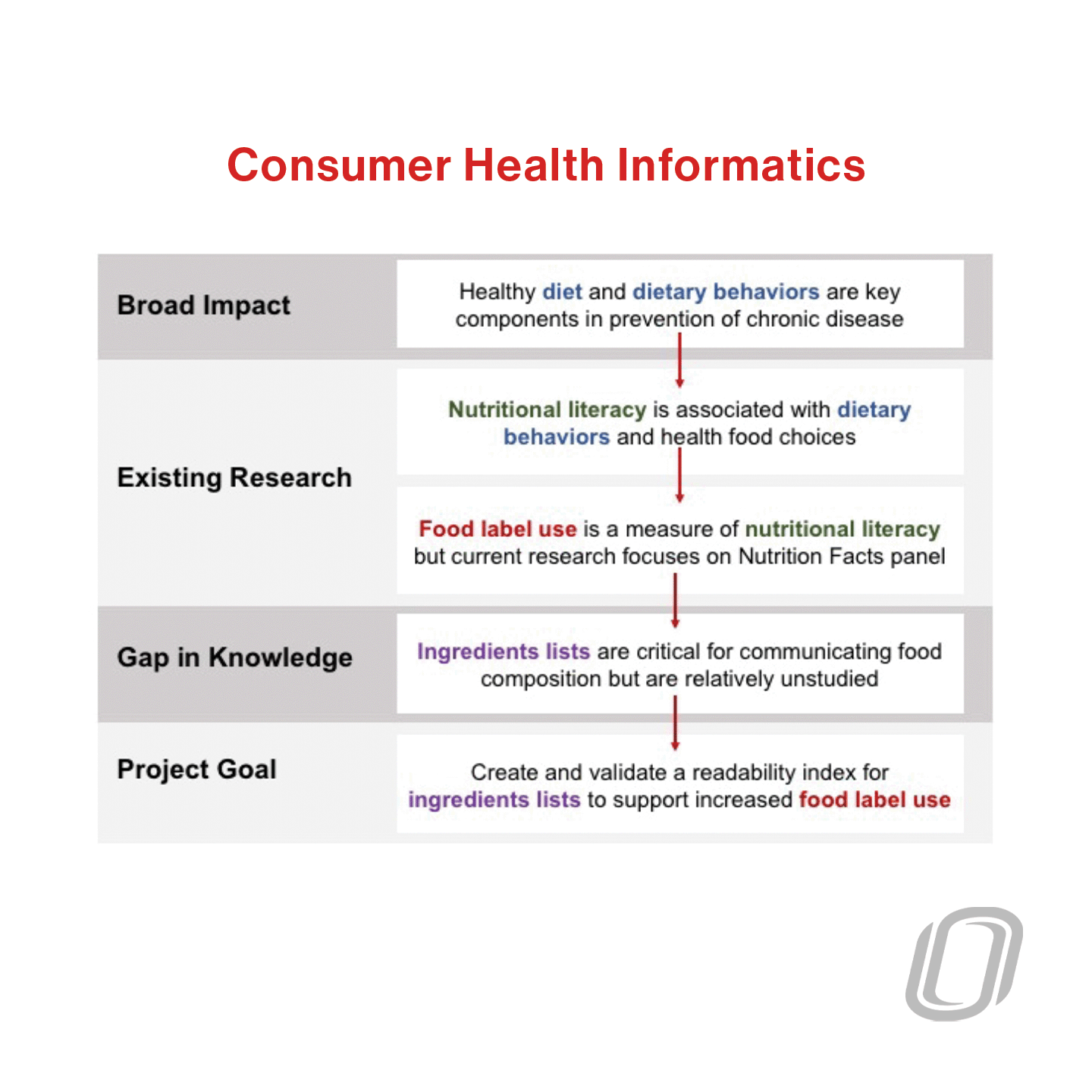
Consumer Health Informatics
Food label literacy is associated with positive dietary and health behaviors, which are subsequently associated with lower risks for chronic disease. Trends in current literature suggest that the link between diet and human gut microbiome will play a major role in disease prevention through the field of precision nutrition. The goal of this project is to support improved consumer understanding of...
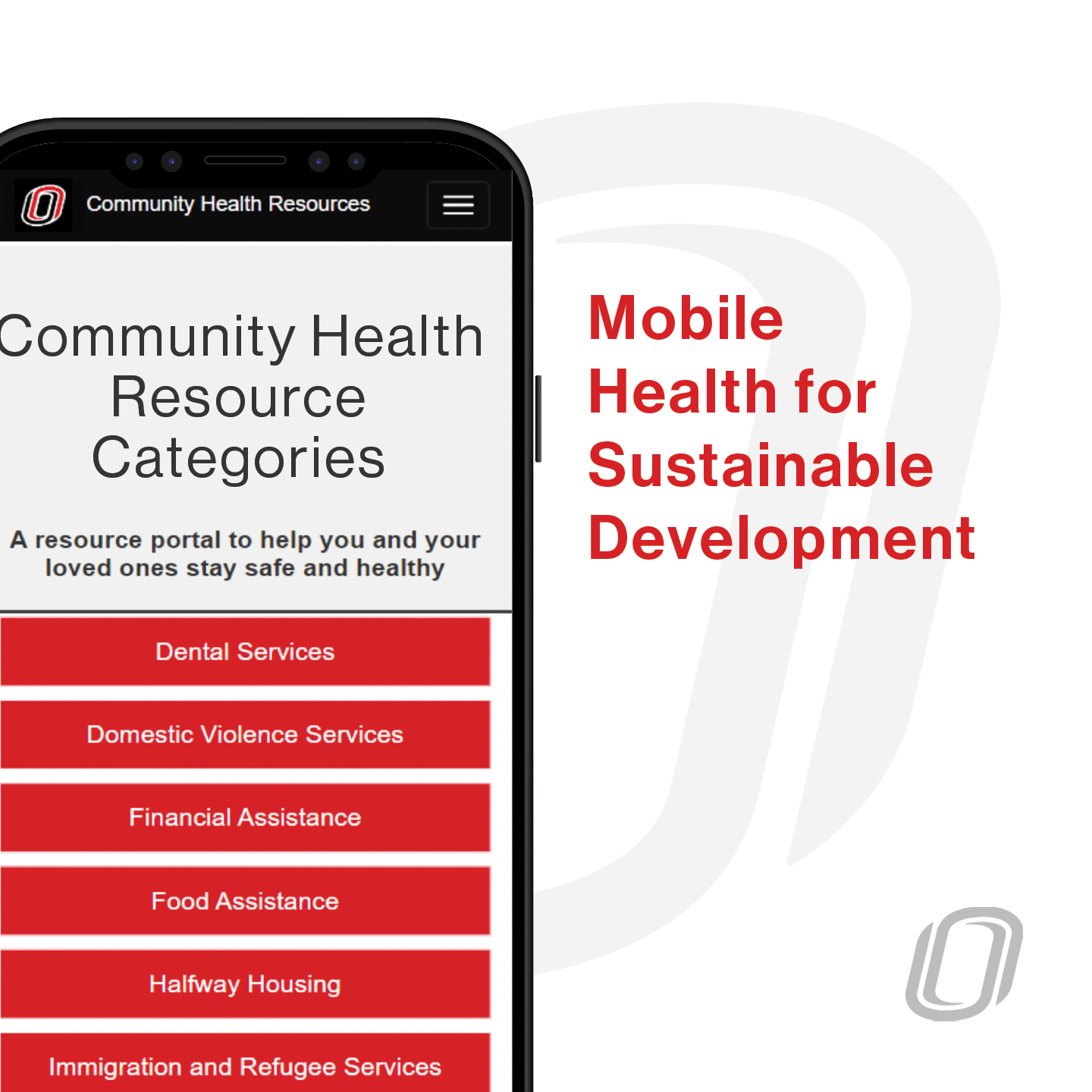
Mobile Health For Sustainable Development
In this project, we investigate the ways in which the use mobile health applications can bring about improvements in the lives of people and their communities. Access to health information and healthcare is difficult. Many people just rely on which doctor's office is close and in their network. Mobile health options have the ability to change this reality. Mobile health is more than just telehealth.
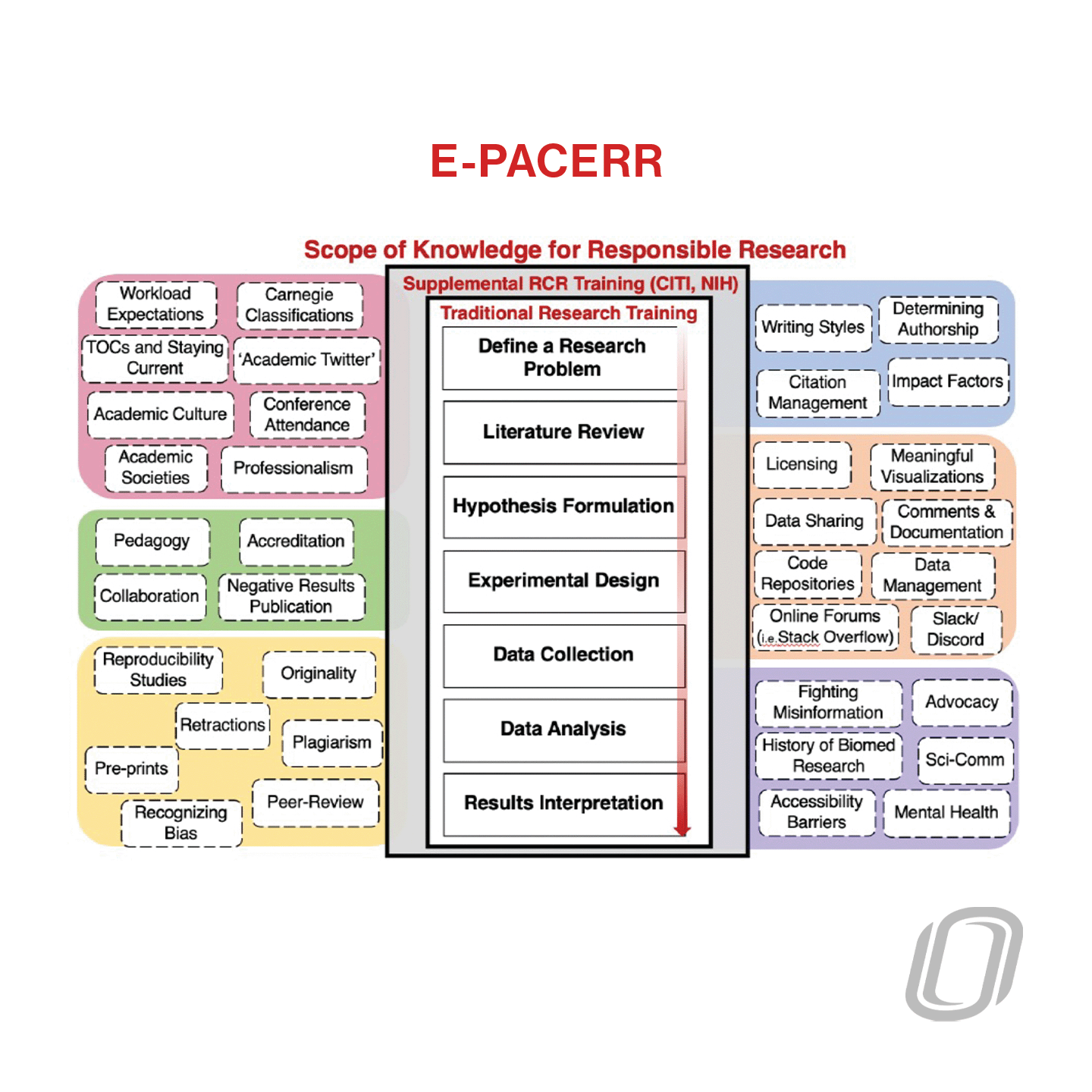
E-PACERR
A sense of community and knowledge of historical context is critical for trainees to understand the need for responsible research in bioinformatics. This project develops free online modules to enhance bioinformatics training in professionalism, reproducibility, and data and code sharing. With this:
- We build confidence in trainee ability to perform reproducible research...
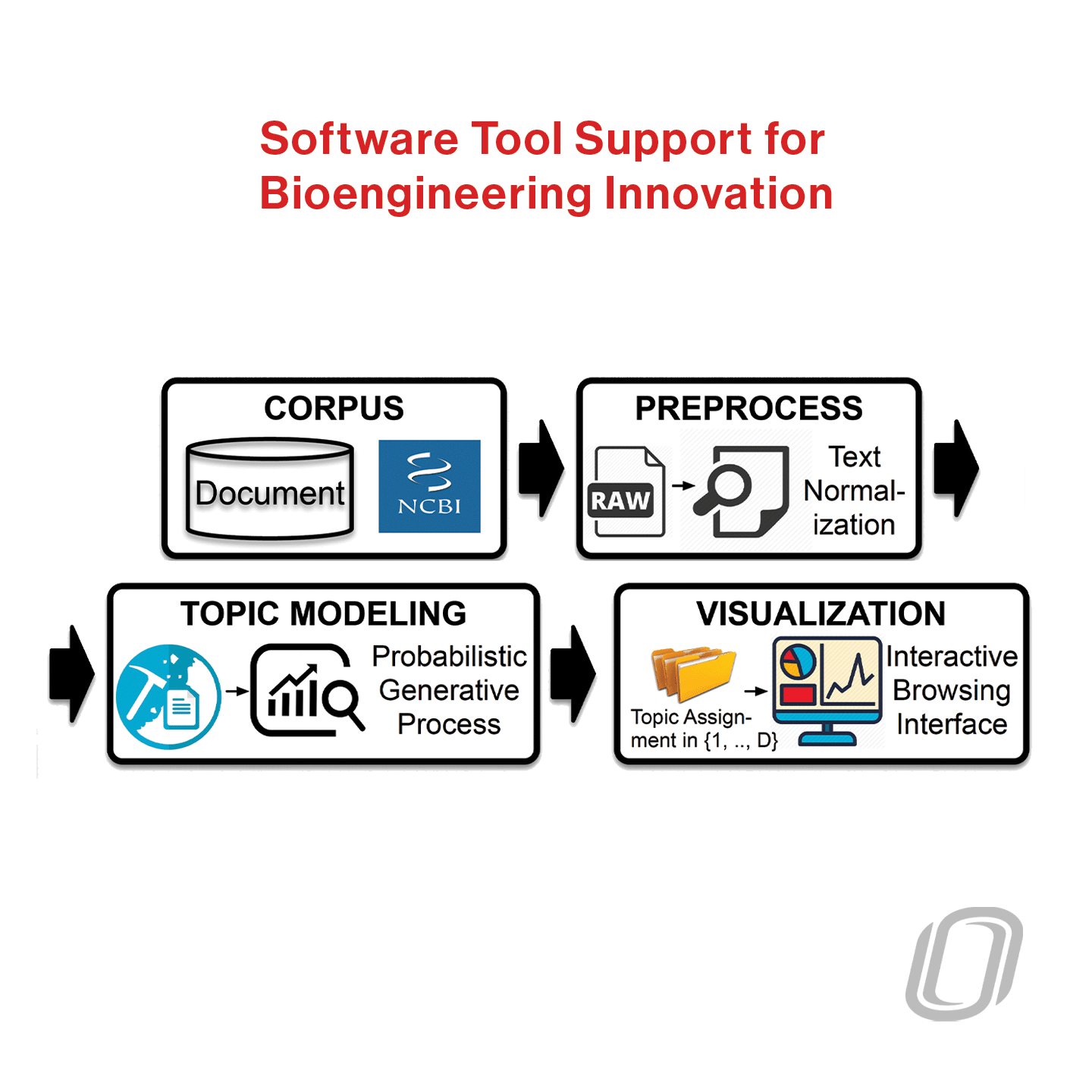
Software Tool Support for Bioengineering Innovation
As the world wide web grows rapidly, a text corpus is becoming increased online at an incredible rate. Managing a corpus of documents is critical for many areas of science, industry, and culture. For example, bioengineering researchers, who study a new generation of advanced materials, frequently need to identify and understand a comprehensive body of...
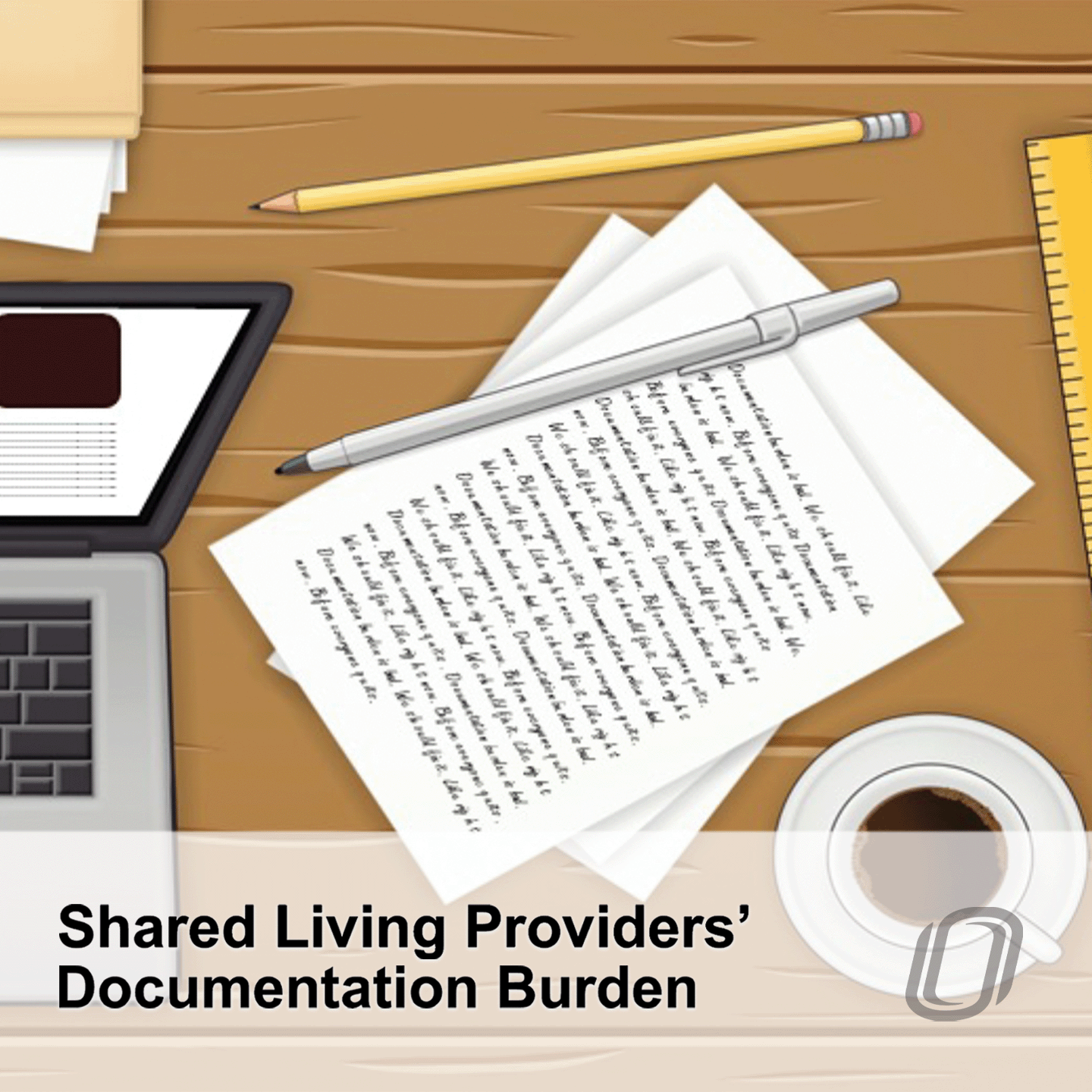
Shared Living Providers' Documentation Burden
The goal of this study is to improve shared living providers (SLPs) clinical documentation experience by reducing the burden related to health information technology (HIT) use. SLPs (henceforth, caregivers) are individuals that allow persons with intellectual and developmental disabilities (I/DD) to reside in their residential home while providing support in daily living...
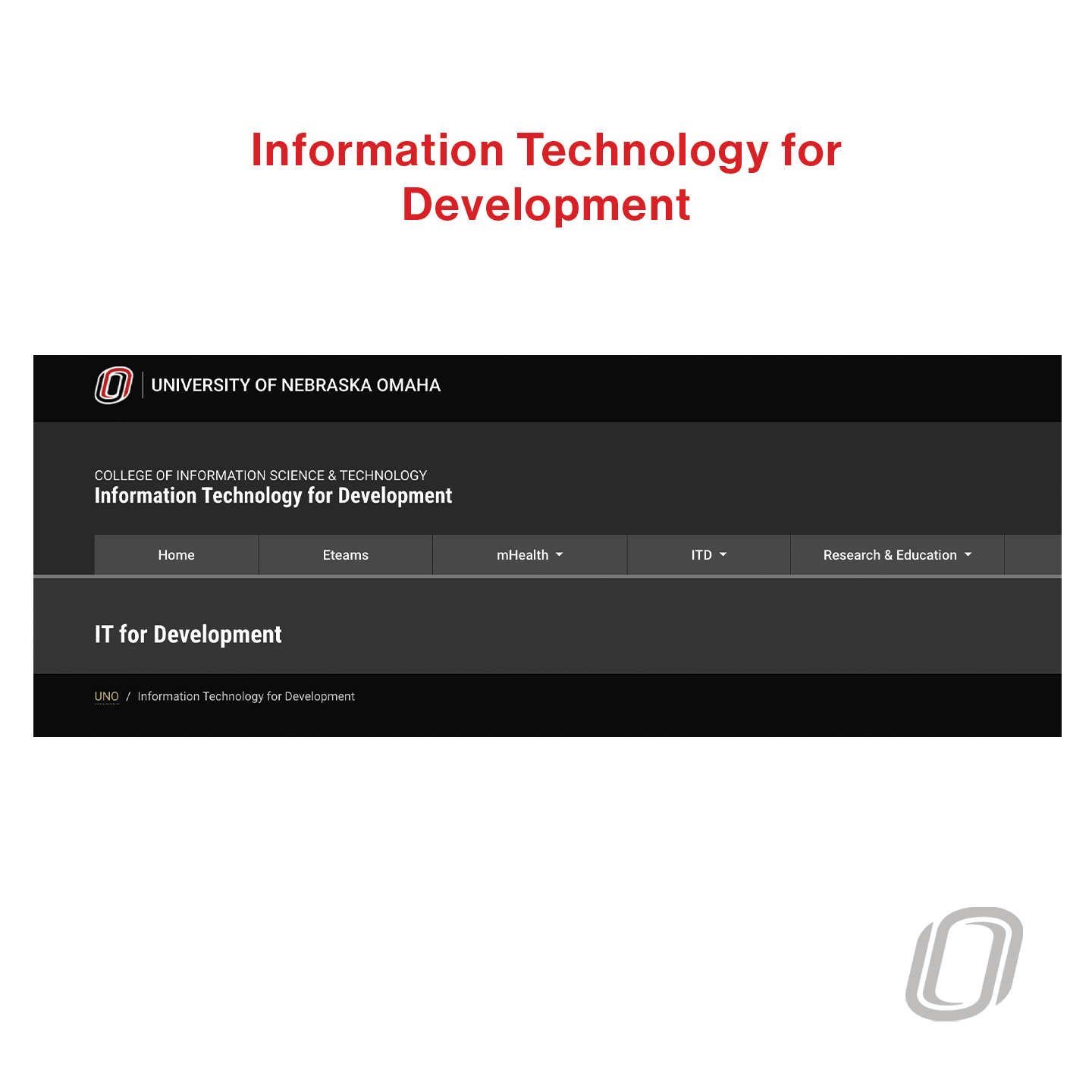
IT for Development
Information Technology for Development at IS&T does:
- Research into the effects of technology adoption and use on the economic, social and human development of people, businesses and communities;
- Train students to conduct technology and training interventions with small businesses to measure their...

Establishing Appropriate Levels of Trust Between Patients, Physicians, and Information Sources
The project seeks to confront the pressing issue of trust within the healthcare sector, particularly under the shadow of increased targeting of healthcare workers and patients. This forward-thinking project aligns with the R&D trajectories of leading tech...